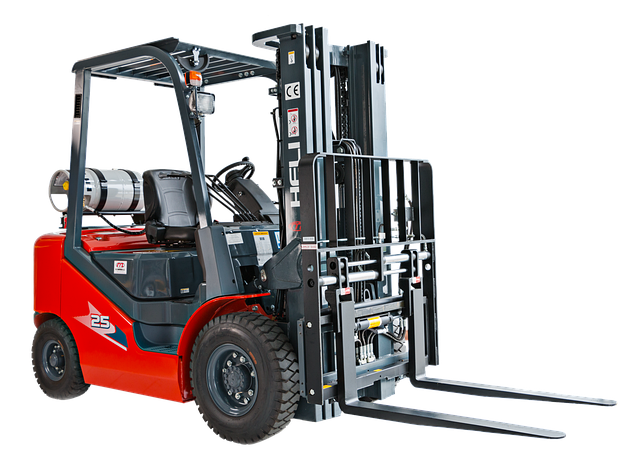SaaS for Enterprises: Transforming the Modern Business Landscape
SaaS for enterprises is revolutionizing the way modern businesses operate, offering scalable, flexible, and cost-effective solutions that streamline operations and enhance productivity. By moving critical applications to the cloud, organizations can access real-time data, foster collaboration across teams, and quickly adapt to changing market demands. From customer relationship management to advanced analytics, enterprise SaaS empowers companies to innovate faster, reduce infrastructure costs, and maintain a competitive edge in an increasingly digital world.
The Strategic Advantages of SaaS in Enterprise Operations
SaaS platforms offer enterprises several operational benefits that traditional software deployment methods cannot match. Organizations can rapidly deploy applications across multiple locations, reduce IT infrastructure costs, and ensure consistent software versions across the enterprise. The subscription-based model allows for better budget planning and resource allocation, while automatic updates ensure all users access the latest features and security patches.
Key Enterprise SaaS Categories and Use Cases
Enterprise SaaS applications span numerous business functions, each addressing specific operational needs. Customer Relationship Management (CRM) systems manage customer interactions and sales processes, while Enterprise Resource Planning (ERP) solutions integrate core business processes. Other prominent categories include Human Resource Management Systems (HRMS), collaboration tools, and financial management platforms, all operating through cloud-based delivery models.
Integration and Customization Challenges in Enterprise SaaS
While SaaS offers numerous advantages, organizations often face challenges when integrating multiple cloud solutions with existing systems. API compatibility, data migration, and maintaining consistent workflows across platforms require careful planning and expertise. Custom configurations must balance unique business requirements with the standardized nature of SaaS platforms, often necessitating compromise between flexibility and maintainability.
Security and Governance in SaaS Environments
Enterprise SaaS security demands a comprehensive approach to data protection and compliance. Organizations must implement robust access controls, data encryption, and regular security audits. Compliance with industry regulations requires careful vendor assessment and documentation of security measures. Many enterprises adopt a zero-trust security model, requiring verification for all users and systems regardless of location.
The Future of SaaS in the Enterprise Space
The enterprise SaaS landscape continues to evolve with emerging technologies like artificial intelligence, machine learning, and advanced analytics. These innovations enhance automation capabilities, improve decision-making processes, and enable predictive analytics. The trend toward microservices architecture and API-first development suggests increased flexibility and interoperability between SaaS solutions.
| Enterprise SaaS Category | Common Providers | Key Features |
|---|---|---|
| CRM | Salesforce, Microsoft Dynamics | Customer management, sales automation |
| ERP | SAP S/4HANA Cloud, Oracle Cloud | Resource planning, financial management |
| HRMS | Workday, ADP | Payroll, talent management |
| Collaboration | Microsoft 365, Google Workspace | Document sharing, team communication |
| Financial Management | NetSuite, Sage Intacct | Accounting, reporting |
Prices, rates, or cost estimates mentioned in this article are based on the latest available information but may change over time. Independent research is advised before making financial decisions.
The transformation of enterprise operations through SaaS continues to reshape how organizations approach technology infrastructure and business processes. As cloud technologies mature and new capabilities emerge, enterprises find themselves better equipped to respond to market changes and operational challenges while maintaining security and compliance requirements.





